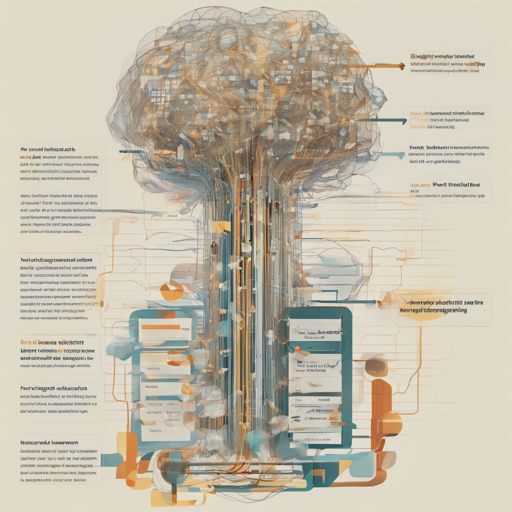In the world of Natural Language Processing (NLP), using pre-trained models can significantly accelerate your project development. This article will guide you through the process of utilizing the bert-base-uncased-finetuned-sst2 model, which has been fine-tuned on the GLUE dataset for the task of text classification.
Understanding the BERT Model
The BERT (Bidirectional Encoder Representations from Transformers) model is akin to a linguistic sponge that absorbs context from the text it processes. Imagine reading a book where each sentence is intertwined with profound meaning. BERT allows machines to understand the nuances of human language by reading in both directions—like a reader who remembers all past chapters while making sense of the latest paragraph.
Model Overview
- Model: bert-base-uncased-finetuned-sst2
- Task: Text Classification
- Dataset: GLUE (SST-2 subset)
- Metrics:
- Loss: 0.2745
- Accuracy: 0.9346
Training Hyperparameters
To better understand how this model was trained, here are some of the critical hyperparameters that were utilized:
- Learning Rate: 2e-05
- Training Batch Size: 16
- Evaluation Batch Size: 16
- Seed: 42
- Optimizer: Adam (with betas=(0.9, 0.999) and epsilon=1e-08)
- Learning Rate Scheduler Type: Linear
- Number of Epochs: 5
Training Results
The following results were obtained during the training process, showcasing the improvements over the epochs:
Training Loss Epoch Step Validation Loss Accuracy
:-------------::-----::-----::---------------::--------:
0.1778 1.0 4210 0.3553 0.9060
0.1257 2.0 8420 0.2745 0.9346
0.0779 3.0 12630 0.3272 0.9300
0.0655 4.0 16840 0.3412 0.9323
0.0338 5.0 21050 0.3994 0.9300
Troubleshooting
If you encounter challenges while implementing the model, here are some troubleshooting ideas:
- Low Accuracy: Ensure you are using appropriate hyperparameters and pre-processing your text data correctly. If the model isn’t working efficiently, it might help to explore fine-tuning further with different epochs or learning rates.
- Out of Memory Errors: If your system encounters out-of-memory errors, try reducing your batch size while training or evaluate using a smaller subset of your dataset.
- Compatibility Issues: Ensure that the versions of Transformers (4.17.0), Pytorch (1.10.0+cu111), and Datasets (1.18.4) comply with the requirements.
- Other Errors: Consult the community forums or the documentation of the libraries being used. For more insights, updates, or to collaborate on AI development projects, stay connected with fxis.ai.
Final Thoughts
In summary, the bert-base-uncased-finetuned-sst2 provides a powerful, pre-trained option for text classification tasks. It abstracts much of the heavy lifting involved in training models for NLP, ultimately allowing developers and enthusiasts to focus on application and innovation.
At fxis.ai, we believe that such advancements are crucial for the future of AI, as they enable more comprehensive and effective solutions. Our team is continually exploring new methodologies to push the envelope in artificial intelligence, ensuring that our clients benefit from the latest technological innovations.

